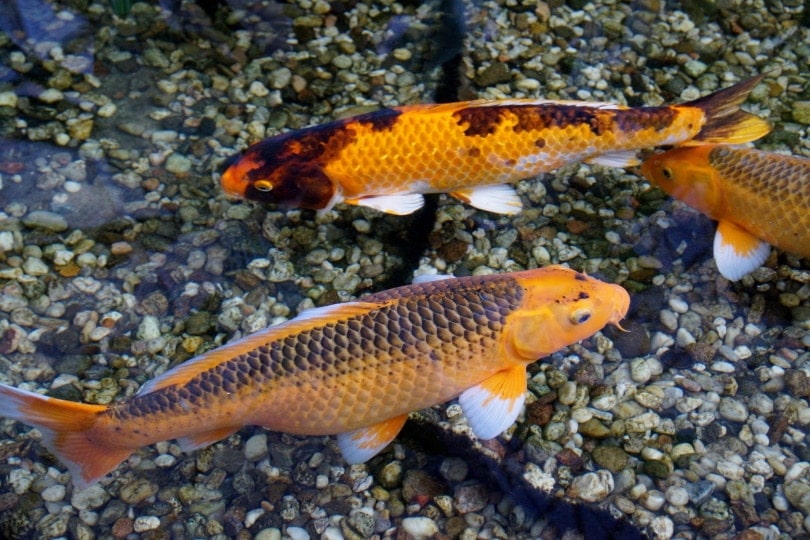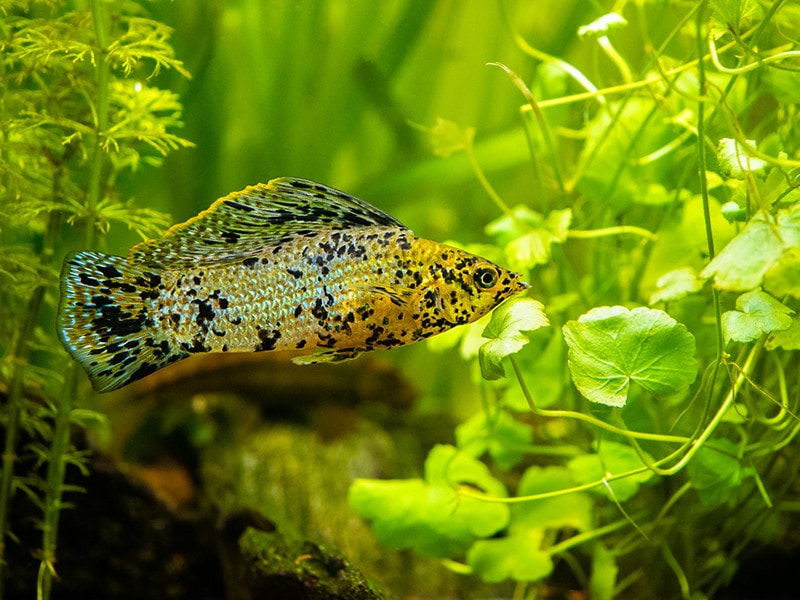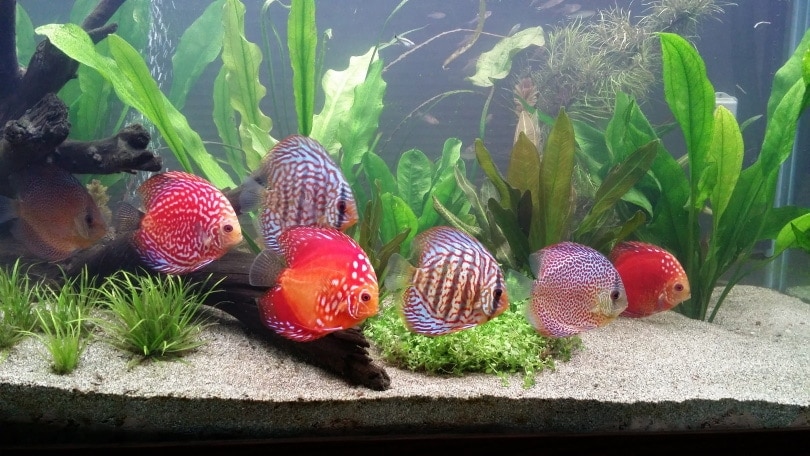How to Set Up a Planted Tank: 10 Simple & Effective Steps
Updated on
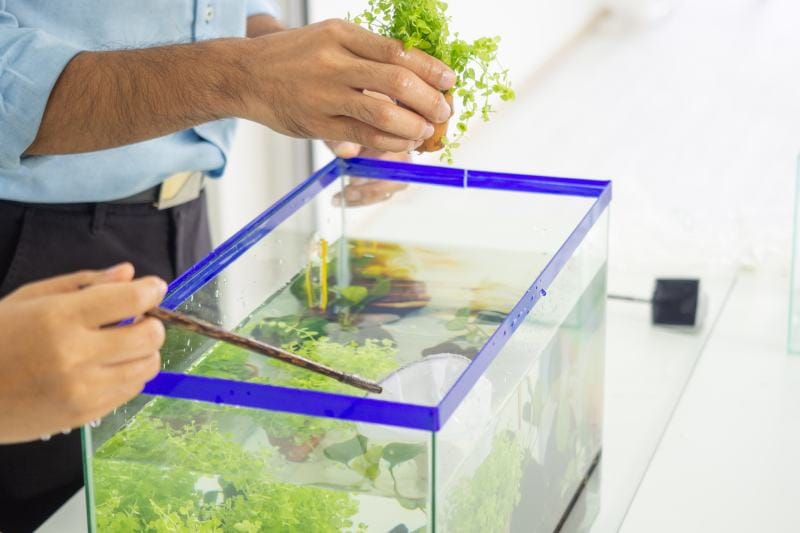
Americans enjoy keeping fish, with 11.1 million households having freshwater fish and 2.2 million having marine fish 1. It’s not just about the rewards of raising them. Research 2 has shown that viewing aquariums offers mental and physical health benefits. It’s another way people can connect with nature. A planted tank provides a more realistic experience than one with artificial plants and a jewel-filled treasure chest.
Luckily, many affordable and hardy species of aquatic plants exist. You can find ones compatible with your fish, but remember that they require care and specific water conditions to thrive. That means you must do some legwork before you begin.
Before You Start
You undoubtedly researched what fish you’d like to get. You probably also looked into compatibility between the various species. That advice also applies to plants. Fauna and flora also vary in their tolerance for change and conditions outside of the window in which they usually exist. Therefore, stability is paramount for keeping both healthy.
A long and short tank is better suited for plants than one that is narrow and tall. The former has a greater surface area for gas exchange. It’ll also ensure everything in your aquarium has room to move and grow. The chemistry of a greater volume of water is also less likely to fluctuate than a smaller one.
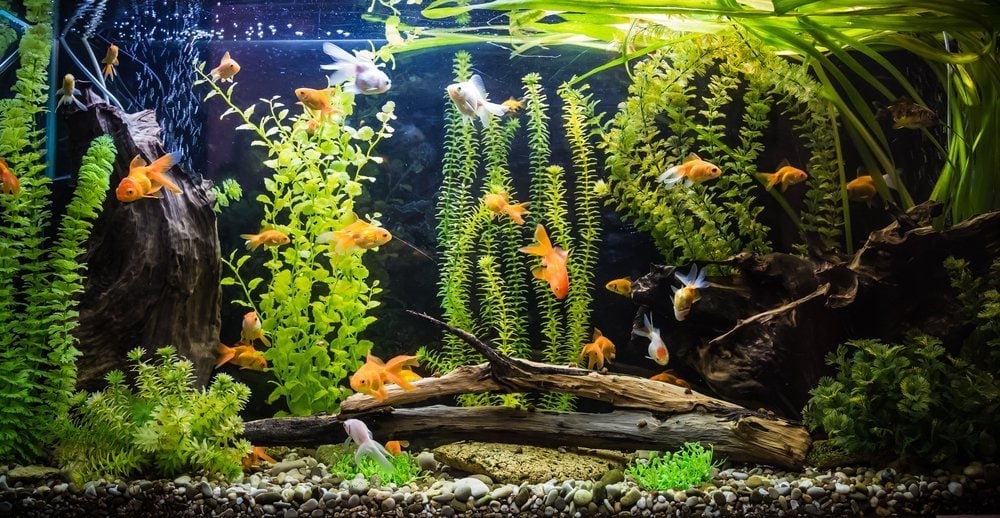
Materials
You should set up your planted tank a few weeks before adding the fish. This ensures the plants will survive before adding the fish since decaying ones can foul the water just as quickly as fish waste. The things you’ll need to complete this project include the following:
- Tank
- Gravel
- Bucket
- Saucer
- Aquarium decor
- Hood with a plant light
- Heater
- Filtration system
- Water test kit
The 10 Steps on How to Set Up a Planted Tank
1. Research Your Choices
There are plenty of plant and fish options to choose from, and you need to make sure they all work together. Plants and fish vary in their temperature tolerances. Other factors, such as water hardness, carbonate hardness, and pH, are also critical. The nitrogen cycle is also vital to the health of your plants. The third stage produces nitrates, which provide food for your plants.
You should also consider how the fish you want to get use the plants. Some species, like cichlids, can be quite destructive and uproot them. That makes choosing strong and hardy plants essential. This preliminary work will narrow down your list of potential species to ones that will work with your setup.
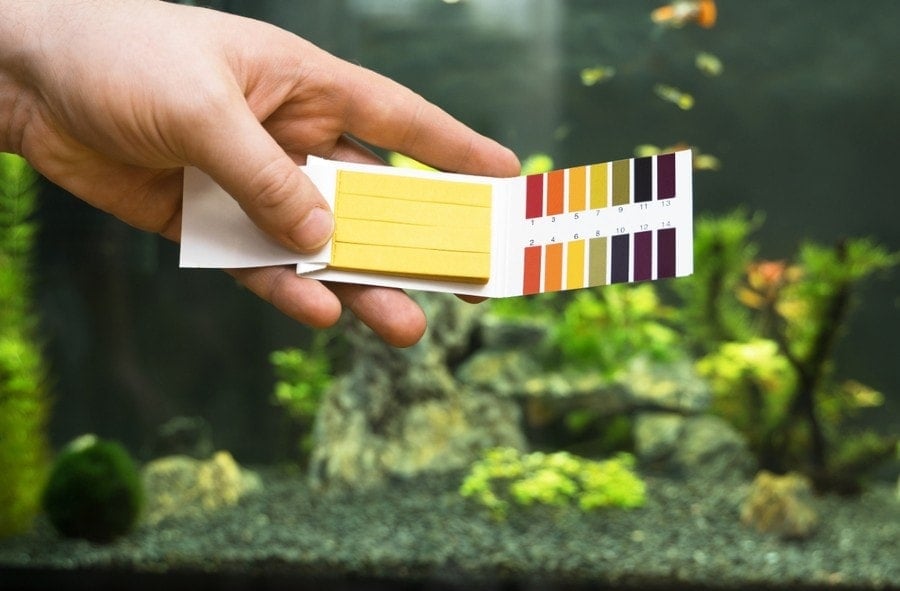
2. Plan Your Design
Planning your planted tank is not unlike plotting your garden. You can use the same principles of design. For example, you can add depth to your aquarium by placing shorter species in front and larger ones in the back. Be sure to take into account the full size of the plants. Of course, it’s not set in stone. You can arrange it on the fly to make it look however you please.
3. Rinse Your Substrate and Add It to the Tank
You should stick to a substrate that allows the plants to root and anchor properly without suffocating them. Therefore, we suggest small gravel instead of sand or large pebbles. The latter is problematic if you plan on adding fish that could uproot the vegetation. Make sure to rinse it before pouring it into your tank to remove any dust that could cloud the water and filtration system.
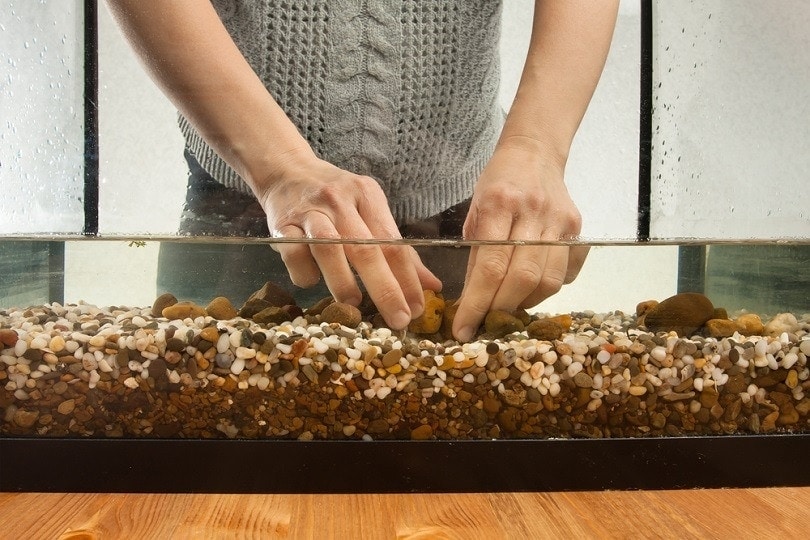
4. Fill the Aquarium With Water Until Halfway Full
You should then fill your tank half full of water. It’ll prevent spillage over the sides as you add items to the aquarium. It’ll come in handy after you put the other decor in place to make sure you don’t overfill it. You may find it helpful to pour water from the bucket onto an overturned saucer to avoid displacing the substrate.
5. Add Any Other Decor
Undoubtedly, the decor is larger than your plants. Put them in place according to your plan. Of course, you can move things around if someplace else seems more pleasing. You can follow the same principles of design to add depth and interest with careful placement of the items. Make sure to rinse them before putting them in the tank, though.
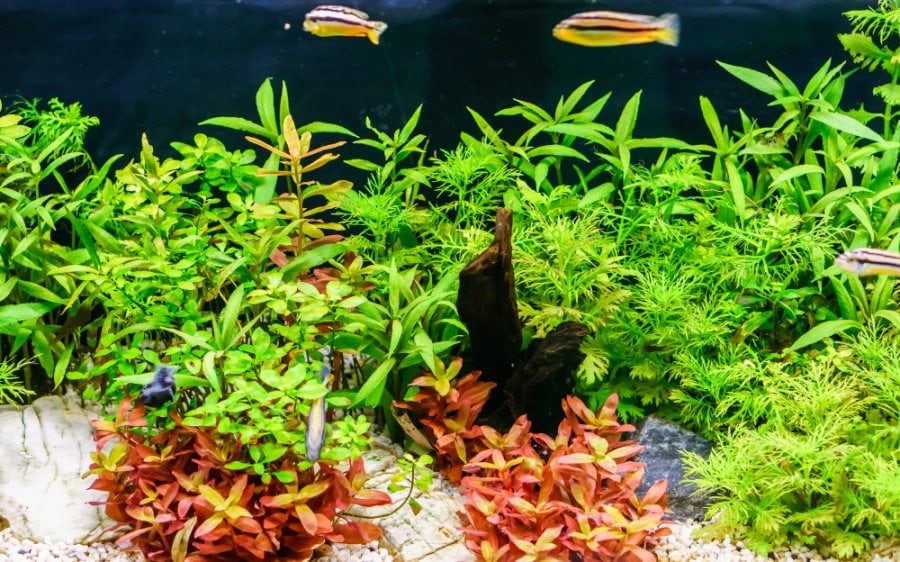
6. Add the Plants in Your Chosen Design
You can now add the plants. Feel free to shift their positions to create a more natural look with your decor. After all, it’s one thing to create a design on paper but another thing when you see it in person. The reasoning behind the halfway-filled tank also becomes clear, as it will allow some movement of the plants to give you a better idea of the overall look of the finished product.
7. Finish Filling the Tank
Once you’re done with the design, it’s time to finish filling your tank. The saucer you used in step four will come in handy here. Avoiding disrupting the substrate is critical with the plants in place. Take your time with this task. You can tidy up any gravel that has moved through the process.

8. Set Up Your Lighting on a Timer
We discussed stability earlier in this article. Plants and fish prefer conditions to state in the status quo. A hood with a light set up on a timer can ensure the photoperiod, or the time when the device is on, stays lit to optimize plant growth. Darkness is equally as vital to development. Other critical processes occur during the night. A timer takes the guesswork out of your setup.
9. Finish Installing the Tank Heater and Filtration System
Stability involves the right temperature range and water conditions. A heater can keep the former at the optimal temp. A filtration system will keep the chemistry within an acceptable tolerance level. If you’re using a power filter, make sure the overflow isn’t too strong or pointed down toward plants that it could uproot.
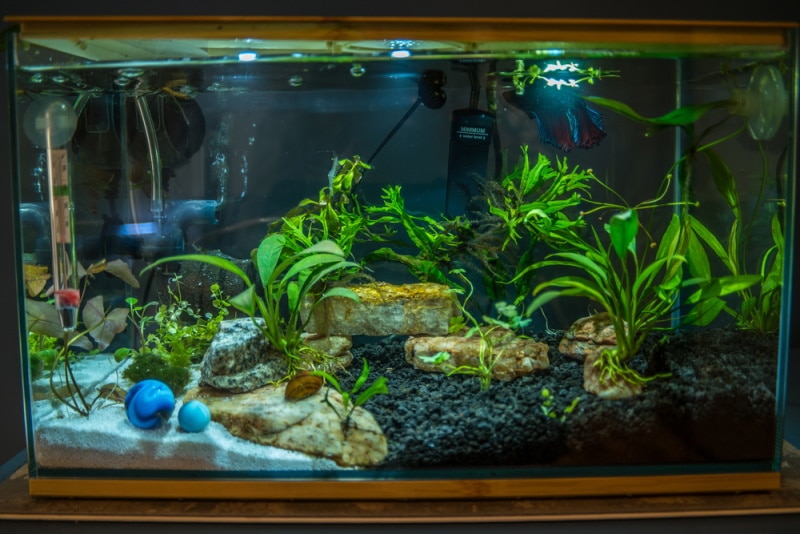
10. Monitor Your Plants’ Progress and Health
You can add fertilizer if warranted. However, it may not be necessary for a well-stocked tank that isn’t overloaded with fish or plants. You should monitor your plants’ health as they get accustomed to their new digs. You can add your fish gradually after a couple of weeks. We also suggest regular water testing to track any changes in the chemistry that could stress your plants.
Final Thoughts
Setting up a planted aquarium is an excellent way to create a realistic and natural-looking environment for your fish. It’ll also provide a welcome connection to the outdoors that you may find relaxing and peaceful. Careful planning will ensure compatibility between all the flora and fauna of your tank. The best chances for success come from the research you do before adding aquatic plants to your tank.
Featured Image Credit: MOUii, Shutterstock

